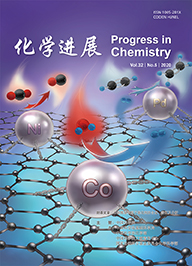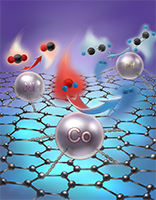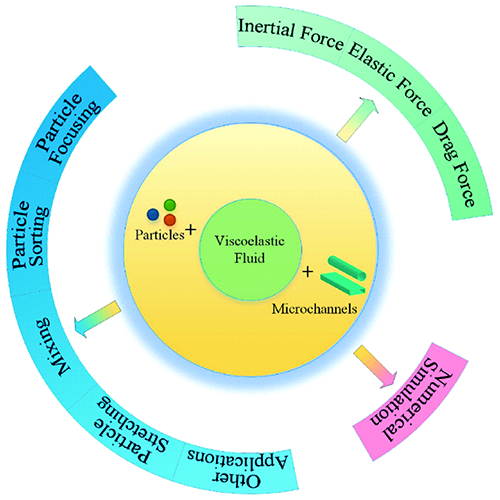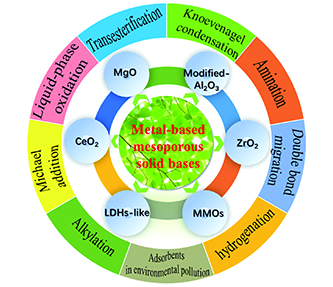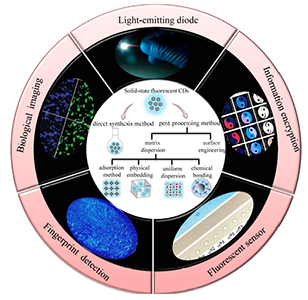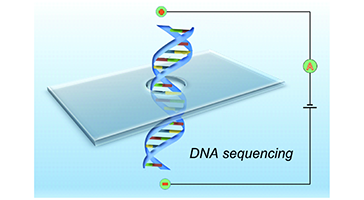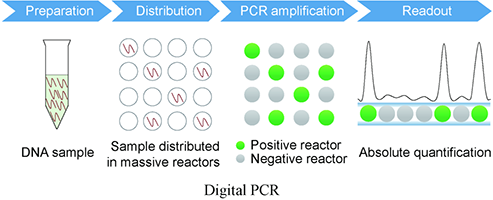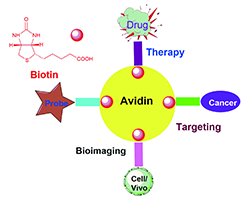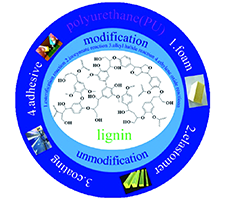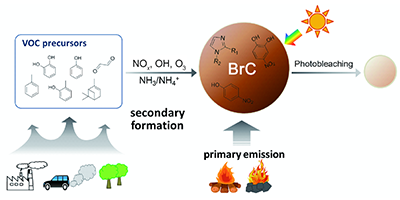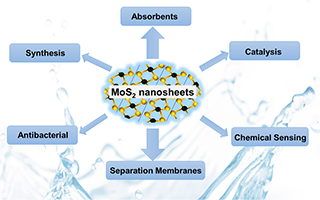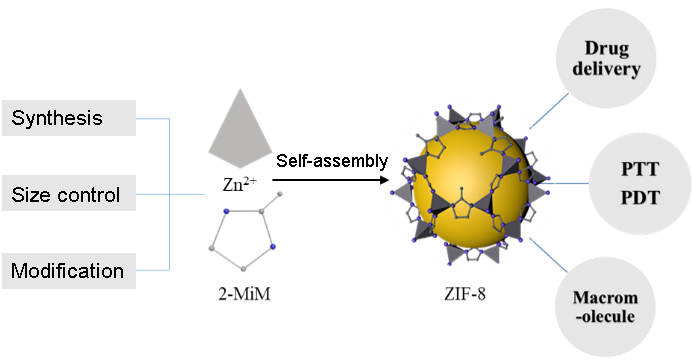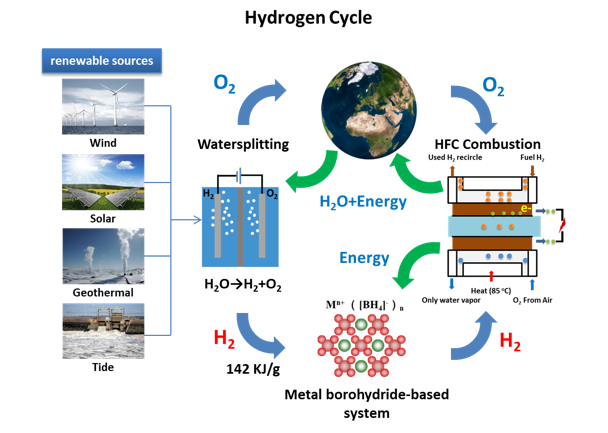Jianlei Qi, Qinqin Xu, Jianfei Sun, Dan Zhou, Jianzhong Yin. Synthesis, Characterization and Analysis of Graphene-Supported Single-Atom Catalysts[J]. Progress in Chemistry, 2020, 32(5): 505-518.
Single-atom catalyst has the advantages of low coordination number, special coordination environment, high atomic utilization, and high uniformity of catalytic sites. It is the bridge between homogeneous and heterogeneous catalysts, which helps to better understand the nature of catalytic reaction. In this paper, the synthetic methods of graphene-based single-atom catalysts in recent years are reviewed, including atomic layer deposition, impregnation-calcination, defect trapping, coordination anchoring and some other novel methods, with a focus on the preparation process, principle and characterization results of these methods. Based on this, the performance of graphene-based metal single-atom catalysts in catalysis is illustrated and analyzed, and the purpose is to provide guidance and reference for the preparation of single-atom catalysts.
1 Introduction
2 Synthetic method
2.1 Atomic layer deposition method
2.2 Impregnation-calcination method
2.3 Defect trapping method
2.4 Coordination anchoring method
2.5 Other methods
3 Performance evaluation and characterization
3.1 Hydrogen evolution reaction
3.2 Carbon dioxide reduction reaction
3.3 Oxidation reaction
3.4 Hydrogenation reaction
4 Conclusion and outlook





